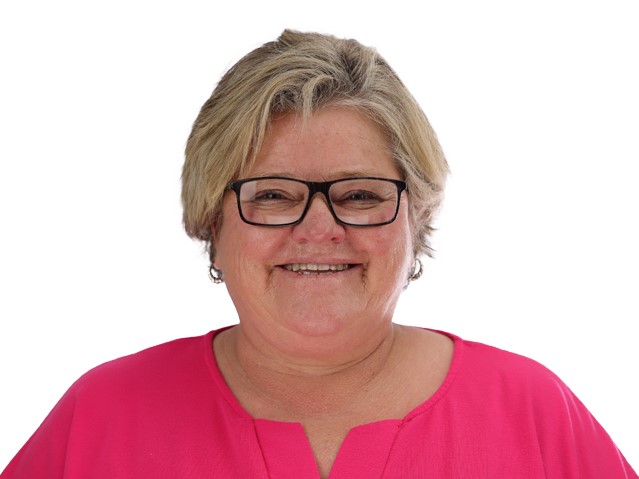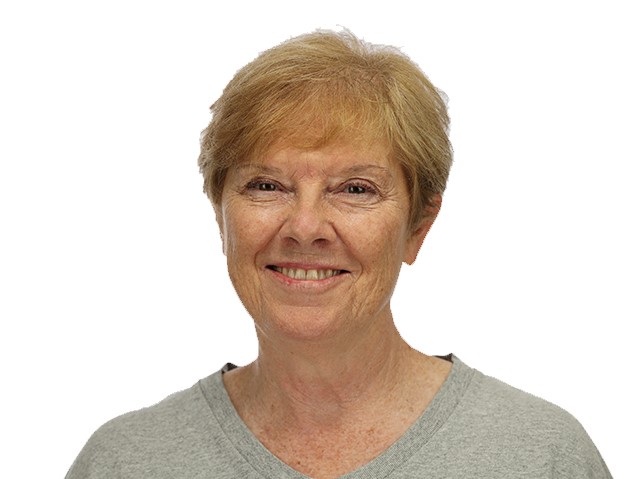Wastewater
Not what you’re looking for? A detailed site description is available here: site map.
The sanitary sewer system includes three waste water treatment plants, located at Academy Creek in the City of Brunswick, near I-95 Exit 29 in Glynn County, and on St. Simons Island. Each plant has its own sewer collection system.
The sewer collection systems operate under the gravity flow method, and include a total of 198 lift stations, 286 miles of collection sewer lines, and 90 miles of force main lines.
The sewer systems serve 90 percent of the area within the city limits, and 35 percent of the county. Jekyll Island and Sea Island operate their own sewer systems, and Sea Island sewage is discharged to the St. Simons Island water pollution control plant. All other areas of the county not served by the BGJWSC sewer systems are served by individual septic systems.
The Georgia Department of Natural Resources Environmental Protection Division (EPD) regulates water treatment systems throughout Georgia according to guidelines established by the Georgia Water Quality Control Act. The system’s sewer operations also are regulated by the Federal Water Pollution Control Act, or Clean Water Act, which is administered by the Federal Environmental Protection Agency (EPA) through the EPD.
The BGJWSC ensures system reliability and efficiency by adherence to a program of day-to-day maintenance and long-term Asset Management.
Day-to-day activities are primarily focused on system repairs and response to water and sewer emergencies.
Asset Management is a comprehensive program designed to monitor and evaluate overall system operations, identify areas needing major repairs or replacement, and strategically plan for system growth.
The following article has been developed to give your more information about how our system is maintained:
These and other questions will be answered in our FYI series, available here: For Your Information along with our FAQ.
Through its comprehensive asset management program, the BGJWSC continually monitors and upgrades the system to maintain compliance, ensure quality service and be good stewards of the environment.
WWTF_Capacity_Rating_June_2020 – Posted 8/3/2020
You may find it helpful to view presentations from various members of our staff given to members of the Commission during our 2017 Orientation.
Key Staff Contacts
Kirk Young
Director of Wastewater
912.261.7152
kyoung@bgjwsc.org
Charita Emory
Administrative Coordinator
912.261.7145
cemory@bgjwsc.org
Donna Martin
Administrative Coordinator
912.261.7151
dmartin@bgjwsc.org
Industrial Discharge:
As part of the BGJWSC pretreatment program, discharge limitations for industrial customers must be set for each of the three Water Pollution Control Plants (WPCP). These discharge limits are designed to prevent damage to the sanitary sewer, WPCP, public health, and the environment.
These documents have been developed in accordance with the guidelines and information set by the Environmental Protection Agency (EPA) and the Georgia Environmental Protection Division (EPD). EPA developed these regulations to establish prohibitions which are implemented through local limits for waste water discharge. In addition to the local limits, some industrial customers may also be subject to categorical limits based on their manufacturing processes.
NPDES_Permit_Application_Dunbar_Creek_8.22.16
Public_Notice_-_Permit_Application_Dunbar_Creek_8.22.16
Organizational Chart



